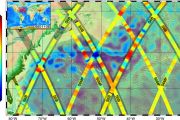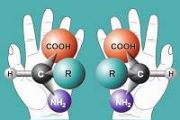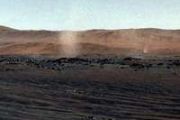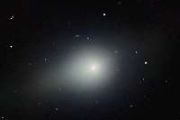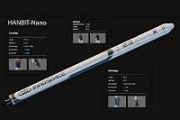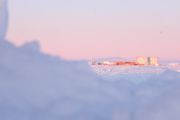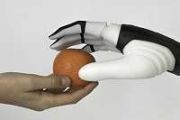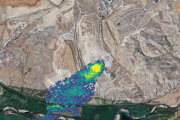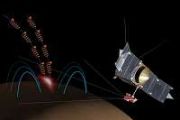
Copernical Team
Google selects SpaceChain into its Startups Program
 SpaceChain has been accepted into the Google for Startups program. The Google program is designed for early-stage companies such as SpaceChain to help build a sustainable, successful business over the long-term by providing the support, services and technology to do so.
Under the Google for Startups program, SpaceChain will be able to strengthen its position in leading data and transaction
SpaceChain has been accepted into the Google for Startups program. The Google program is designed for early-stage companies such as SpaceChain to help build a sustainable, successful business over the long-term by providing the support, services and technology to do so.
Under the Google for Startups program, SpaceChain will be able to strengthen its position in leading data and transaction VERTIGO concludes with telecom data transmission on a laser link at record high power
 Thales Alenia Space, the joint venture between Thales (67%) and Leonardo (33%), and its partners are pleased to announce that the VERTIGO project has concluded with the successful demonstration of a high-power optical data transmission system at the Thales laboratory in Palaiseau, France.
This is a key success for the development of future geostationary communication satellites using optic
Thales Alenia Space, the joint venture between Thales (67%) and Leonardo (33%), and its partners are pleased to announce that the VERTIGO project has concluded with the successful demonstration of a high-power optical data transmission system at the Thales laboratory in Palaiseau, France.
This is a key success for the development of future geostationary communication satellites using optic SpaceX counts down toward Thursday launch of Starship rocket
 SpaceX will again attempt to launch the first test flight of its fully integrated Super Heavy booster and Starship rocket on Thursday.
The launch from SpaceX Starbase in Texas is slated for no sooner than Thursday, with a 62-minute launch window beginning at 8:28 a.m. CST.
The test flight is highly anticipated because it represents a crucial step toward sending a manned mission b
SpaceX will again attempt to launch the first test flight of its fully integrated Super Heavy booster and Starship rocket on Thursday.
The launch from SpaceX Starbase in Texas is slated for no sooner than Thursday, with a 62-minute launch window beginning at 8:28 a.m. CST.
The test flight is highly anticipated because it represents a crucial step toward sending a manned mission b Wanted: new ideas to live off Moon resources
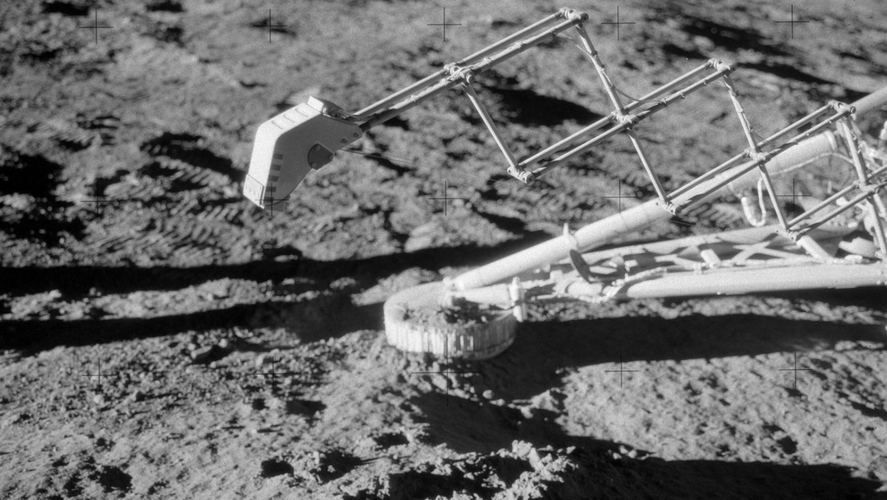
Making use of the very first resources of another world would be a major feat for our species, bringing us closer to living in space to stay. But reaching such a milestone will take sustained inventiveness and effort – so ESA invites your ideas to help make it happen.
Ice loss from Greenland and Antarctica hits new record

A report, publishing today, states that ice loss from Greenland and Antarctica has increased fivefold since the 1990s, and now accounts for a quarter of sea-level rise.
DISH TV adding to fleet with new Maxar satellite order
 Maxar Technologies (NYSE: MAXR) (TSX: MAXR), provider of comprehensive space solutions and secure, precise, geospatial intelligence, received an order for a direct broadcast satellite from DISH, designated ES XXV. This geostationary (GEO) communications satellite will be operated by DISH and deliver content across North America.
ES XXV will be built on the proven Maxar 1300 series platform
Maxar Technologies (NYSE: MAXR) (TSX: MAXR), provider of comprehensive space solutions and secure, precise, geospatial intelligence, received an order for a direct broadcast satellite from DISH, designated ES XXV. This geostationary (GEO) communications satellite will be operated by DISH and deliver content across North America.
ES XXV will be built on the proven Maxar 1300 series platform Building telescopes on the Moon would transform astronomy
 Lunar exploration is undergoing a renaissance. Dozens of missions, organised by multiple space agencies - and increasingly by commercial companies - are set to visit the Moon by the end of this decade. Most of these will involve small robotic spacecraft, but NASA's ambitious Artemis programme, aims to return humans to the lunar surface by the middle of the decade.
There are various reasons
Lunar exploration is undergoing a renaissance. Dozens of missions, organised by multiple space agencies - and increasingly by commercial companies - are set to visit the Moon by the end of this decade. Most of these will involve small robotic spacecraft, but NASA's ambitious Artemis programme, aims to return humans to the lunar surface by the middle of the decade.
There are various reasons Metal-poor stars are more life-friendly
 Stars that contain comparatively large amounts of heavy elements provide less favourable conditions for the emergence of complex life than metal-poor stars, as scientists from the Max Planck Institutes for Solar System Research and for Chemistry as well as from the University of Gottingen have now found. The team showed how the metallicity of a star is connected to the ability of its planets to
Stars that contain comparatively large amounts of heavy elements provide less favourable conditions for the emergence of complex life than metal-poor stars, as scientists from the Max Planck Institutes for Solar System Research and for Chemistry as well as from the University of Gottingen have now found. The team showed how the metallicity of a star is connected to the ability of its planets to Goddard team builds, tests calibrator for NASA's Roman Telescope in record time
 A vital subsystem for NASA's Nancy Grace Roman Space Telescope was recently delivered to Ball Aerospace in Boulder, Colorado, and installed in the spacecraft's Wide Field Instrument (WFI). Called the Simplified Relative Calibration System (sRCS), this component will allow astronomers to measure the total light output of cosmic objects like galaxies and supernovae with extreme accuracy. When Roma
A vital subsystem for NASA's Nancy Grace Roman Space Telescope was recently delivered to Ball Aerospace in Boulder, Colorado, and installed in the spacecraft's Wide Field Instrument (WFI). Called the Simplified Relative Calibration System (sRCS), this component will allow astronomers to measure the total light output of cosmic objects like galaxies and supernovae with extreme accuracy. When Roma TESS celebrates fifth year scanning the sky for new worlds
 Now in its fifth year in space, NASA's TESS (Transiting Exoplanet Survey Satellite) remains a rousing success. TESS's cameras have mapped more than 93% of the entire sky, discovered 329 new worlds and thousands more candidates, and provided new insights into a wide array of cosmic phenomena, from stellar pulsations and exploding stars to supermassive black holes.
Using its four cameras, TE
Now in its fifth year in space, NASA's TESS (Transiting Exoplanet Survey Satellite) remains a rousing success. TESS's cameras have mapped more than 93% of the entire sky, discovered 329 new worlds and thousands more candidates, and provided new insights into a wide array of cosmic phenomena, from stellar pulsations and exploding stars to supermassive black holes.
Using its four cameras, TE 


